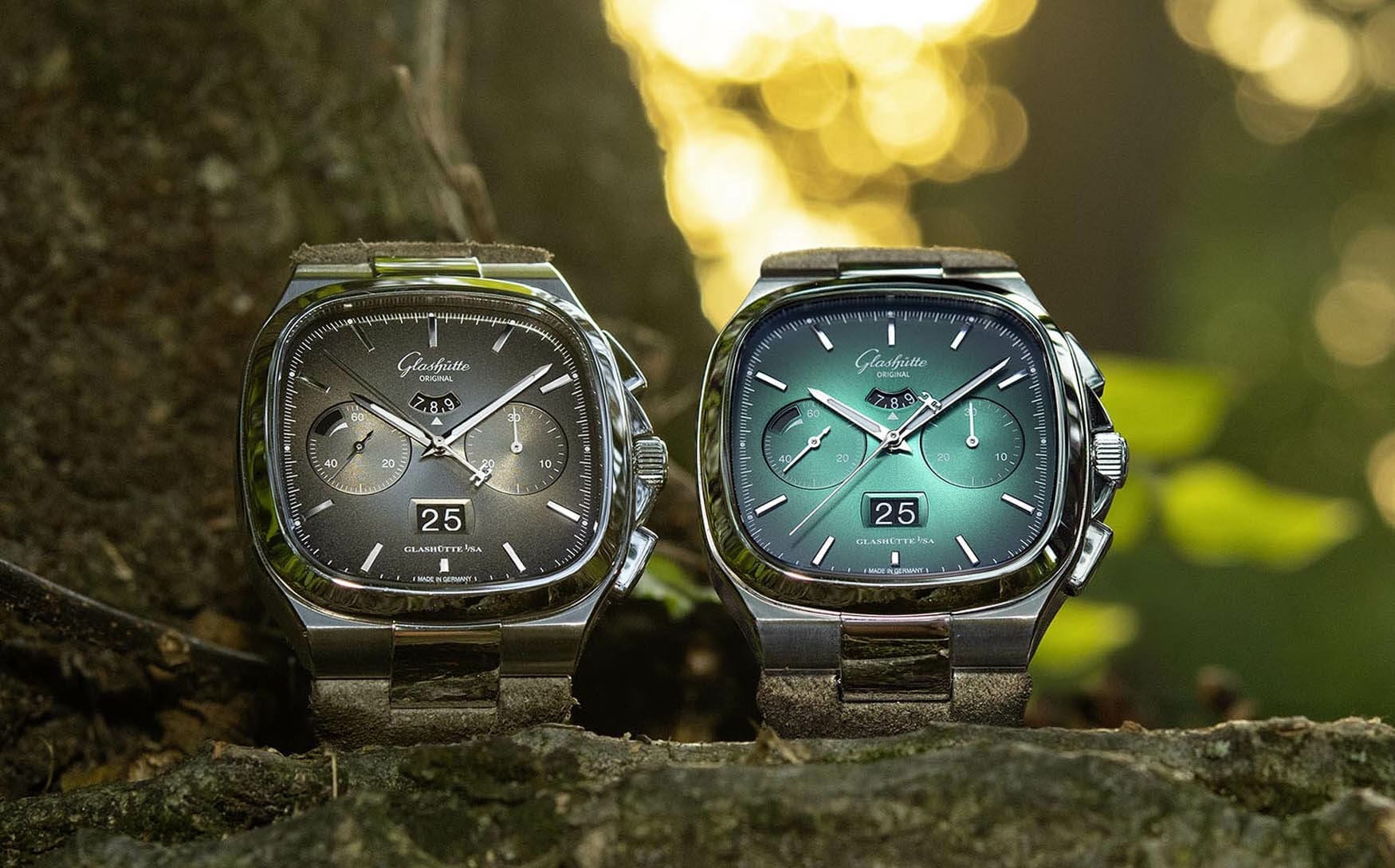Everything you need to know about Glashütte Original
Fergus NashThe history of the Glashütte watchmaking region is truly fascinating, having survived all kinds of turmoil from poor mining returns, natural disasters and wars. In spite of this, it was the star of Germany’s watchmaking capability for centuries. Glashütte Original’s founding was not a typical one for a watch company, tracing its roots either to 1845 or 1951 depending on your point of view. Let’s take a closer look at how Glashütte Original came about, and an overview of their collections.
After 250 years of disappointing silver and copper mines, the Royal Saxon Ministry of the Interior needed to figure out another way to inject value into Glashütte. In 1845 he Saxon government decided that it could become a hub for watchmakers, and offered loan incentives to the likes of Moritz Grossman, Julius Assmann, and Ferdinand Adolph Lange. Brands originally created to be affordable found success and increased in quality anyway, The 20th century was not as kind, with a biblical flood and two World Wars wreaking havoc on the town both financially and physically. Companies dissolved, factories were bombed, and the East German regime scooped up whatever was left under the umbrella company of VEB Glashütter Uhrenbetriebe in 1951.
VEB Glashütter Uhrenbetriebe, also known as GUB, was the sole Glashütte watch company during Germany’s split period. That didn’t stop them from making some great watches though, with all the best remnants of Glashütte’s design and production capabilities. They even came up with a neat script logo, adorning popular models such as the GUB Automat, Spezichron and Spezimatic. This was the work of Glashütte Original before the name had come about. When Germany reunified, GUB became Glashütte Original in 1990 as the old brands were allowed to be their own entities once again. That’s why they can claim heritage from as early as 1845, having been comprised of all those original companies, and yet were technically only founded in 1951. In 2000 they were acquired by Swatch Group, continuing to create almost every component in-house in Glashütte but with international support.
The SeaQ collection
Bringing us back to present-day Glashütte Original, some of their most creative watches are based on those they created during the GUB era. The SeaQ range of dive watches have evolved from several references of the ‘60s and ‘70s in a variety of configurations. Today, the ‘Spezialist’ collection is made up of three styles with skin diver aesthetics. The base level SeaQ comes in a versatile 39.5mm case, with a blue, green, or black dial. Then there’s the 43.2mm SeaQ Panorama Date, with a lot more variation and a generally higher sense of luxury. The Panorama Date is one of Glashütte Original’s most iconic features, and it’s also present on the SeaQ Chronograph below the bicompax layout.
The Sixties collection
With equal doses of elegance and eccentricity, the Glashütte Original Sixties collection is one of their most expansive. The cases range from 39mm to 42mm in diameter and there are dials of all kinds, including plain colours, vibrant gradients, and captivating textures. The simplicity of the dial layout allows for more experimentation in those areas, as well as adding complications like chronographs, small seconds, and of course the Panorama Date.
The Seventies collection
The Glashütte Original Seventies range has a squared-off case shape which stems from some of their Spezichron watches, which also featured some early examples of fumé dials. The 40mm diameter is gender neutral thanks to short lugs and the integrated strap design, with either the blue or green gradient dial choices offering some funky character. Although it’s vintage in style, its function is quite contemporary with a flyback and stop-second chronograph, Panorama Date, and power reserve indication balanced neatly.
The Pano collection
Although the SeaQ watches are a best-seller for Glashütte Original, the Pano collection is what they’re best known for. Showcasing their ability for avant-garde design and high-end complication, watches like the PanoReserve, PanoMaticLunar, or the PanoInverse distill their creative talents throughout a variety of releases. On many of the openworked or skeletonised models, the Pano collection also highlights the three-quarter plate which is a hallmark of Glashütte watchmaking, and hints at the quality of the movement.
The Senator collection
Glashütte Original’s Senator collection doesn’t get much time in the limelight, only because it is their most exclusive and technically advanced series. Reserved for watches with a traditional focus, the Senator collection represents German excellence at its highest capability regardless of the level of complication. Whether it’s the reserved, time-only Senator Excellence in steel or the dramatic Senator Chronometer Tourbillon in platinum, you can be sure you’re getting the best out of Glashütte Original.










